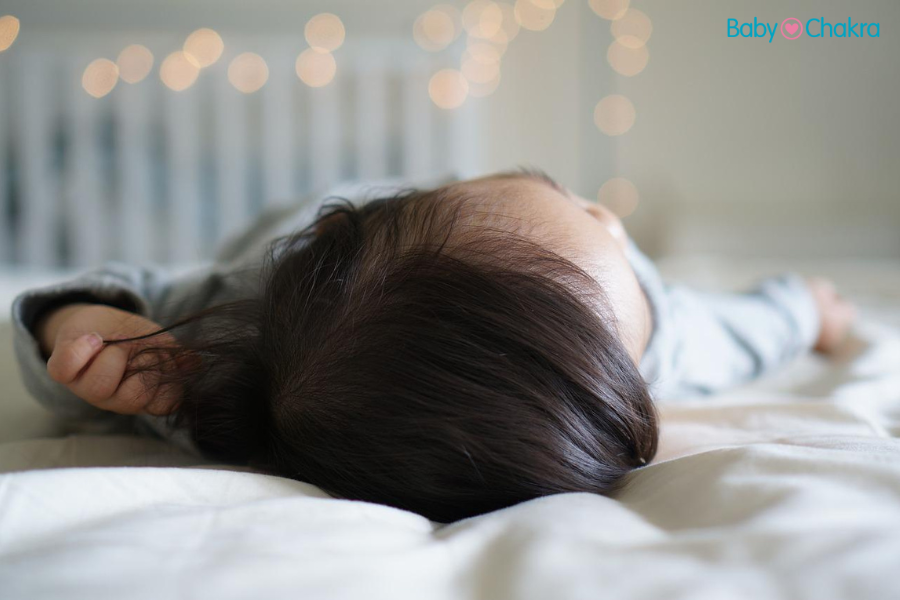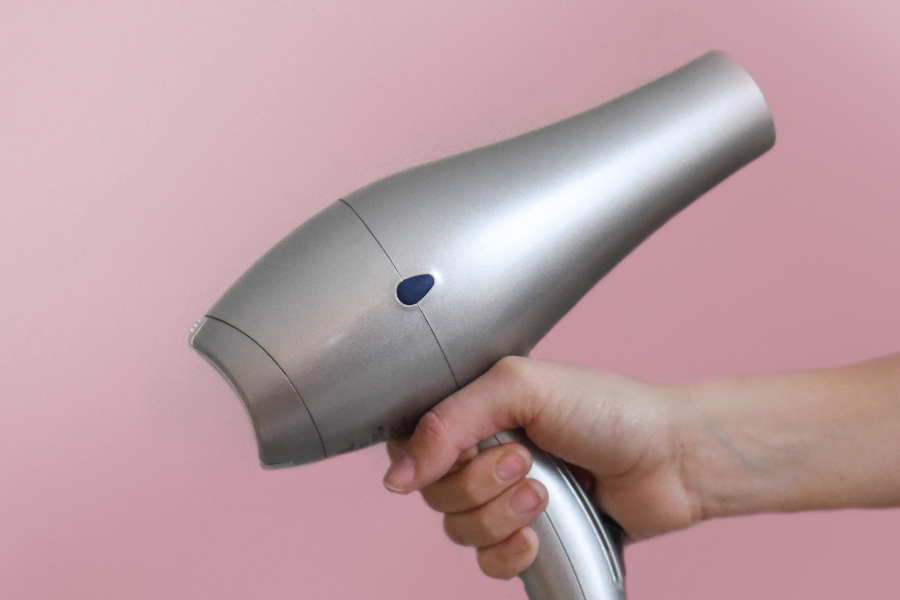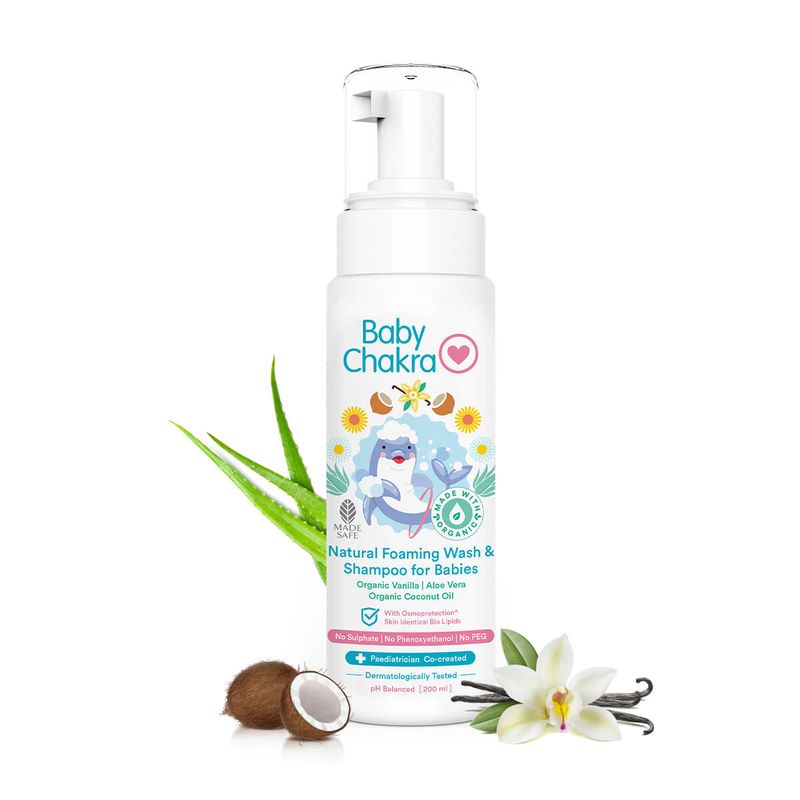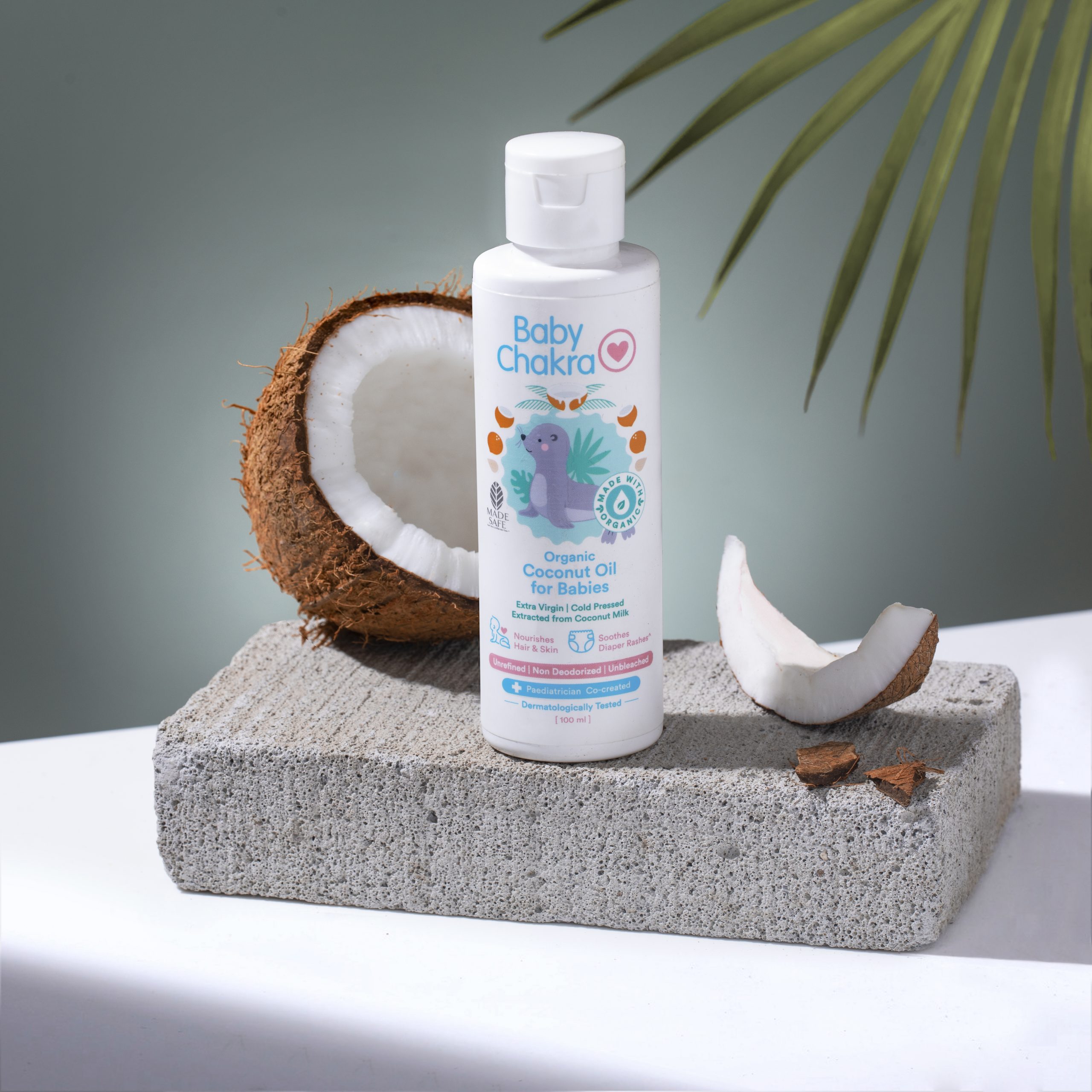
How To Wash Your Baby’s Hair: Tips And Tricks
29 Jun 2022 | 4 min Read
Reema Shah
Author | 740 Articles
Whether your little one has thick locks or just one or two strands of hair, it needs washing. As a new parent, you might be wondering how to do it right and how often your baby’s hair needs to be washed. Here’s all that you need to know from using the ra ight baby-safe shampoo, to how to wash baby’s hair.
When Can You Wash A Newborn Baby’s Hair?
The answer is – immediately after birth. After your baby is born, a nurse will often give your baby the first bath to clean the skin before dressing them up. You might feel hesitant to wash your baby’s hair after returning home from the hospital but you need not stress as it can be done with a few tips and tricks.
You don’t need to bathe a newborn every day and washing hair can be done about twice a week. Irrespective of how much hair your baby has, wash the scalp gently to get rid of excess oil.
However, if your baby’s hair needs a little cleanse before hair wash time is due, you can simply use a warm washcloth and water. Wipe your baby’s hair gently with the warm wet cloth and your baby’s hair should be fine until the next time you wash the hair using shampoo.
Steps To Wash A Baby’s Hair Correctly
Read further for everything you need to wash your baby’s hair and how you can do it right-

What You Need to Wash Baby’s Hair
- A sink, tub, or basin
- A washcloth
- A towel
- A moisturising and natural baby-safe shampoo
- Baby safe hair oil (optional)
1. Oil Massage
You can start by gently massaging your baby’s scalp with a baby-safe hair oil like pure and organic coconut hair oil and body massage oil for the body. Wait for bathing your baby massage before giving your baby a bath. However this is optional.
2. Fill a Bucket or Tub
Fill a tub or bucket with about two to four inches of warm water. Use the back of your elbow or inside of your wrist to test the temperature of the water. The water should feel warm but not hot nor should it be cold. Once the water temperature is just correct, undress your baby to start bathing him.
3. Wash Baby’s Hair Last
Most babies are not very fond of hair-washing so washing the hair last will help keep the baby calmer during the bath. If it’s cold, you can even bathe your baby, dry and dress him/her, and then wash the hair by massaging in the shampoo and rinsing by tipping his/her head back into the sink or tub.
Wet your baby’s hair a little using your hand or a small cup. You can also use a washcloth but make sure that the water doesn’t trickle down the face whichever way you opt. Take a small amount of baby shampoo in a cup and dilute some water into it so that it spreads easily into your baby’s hair without you having to rub it.
Again, use your hands, a cup, or a washcloth to rinse out the shampoo gently and carefully. Keep switching between water and your hands to remove all the shampoo. If you’re still new to washing your baby’s hair and are worried about the shampoo getting into your baby’s eyes, use the washcloth. Use some warm water to wet it and then gently wipe until your baby’s hair and scalp are clean.
4. Pat the Hair Dry
When you are drying your baby’s hair, use a soft towel. Avoid rubbing the hair, instead, pat gently. Dress the baby appropriately and make sure he/she is comfortable.
How to Dry Baby’s Hair?
You can let your baby’s hair dry out naturally. However, if it’s cold and you want to dry it right away, use a hooded towel to dry out your baby’s strands. Use a soft towel to dry and soak out excess water gently without rubbing. In case you want to use a hair dryer, be careful about the temperature as they can get overheated. Only use it in low heat or a cool setting and avoid the air getting directed to the baby’s face.
Use these easy steps to wash your baby’s hair. Avoid overwashing your baby’s hair as it can make their hair rough and cause hair fall.
A


Suggestions offered by doctors on BabyChakra are of advisory nature i.e., for educational and informational purposes only. Content posted on, created for, or compiled by BabyChakra is not intended or designed to replace your doctor's independent judgment about any symptom, condition, or the appropriateness or risks of a procedure or treatment for a given person.


